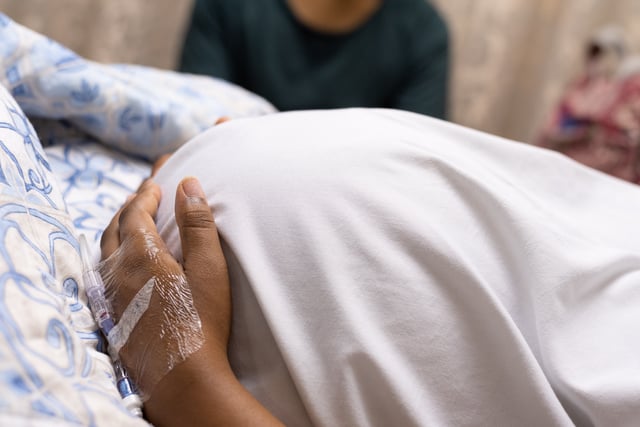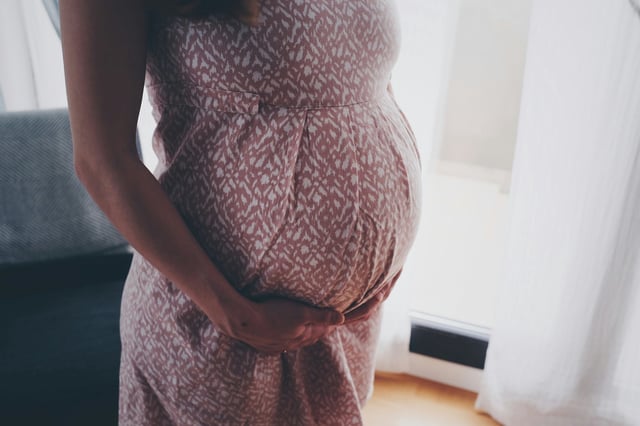Overview
- The multicenter cohort analysis of more than 5,600 singleton pregnancies showed 89% were labeled moderate or high risk but only 10.5% of moderate-risk and 23.5% of high-risk patients developed preeclampsia.
- Researchers identified that aside from nulliparity, common moderate risk factors such as obesity, advanced maternal age and race had inconsistent or no link to actual disease incidence.
- Aspirin prophylaxis was recommended for just 50.4% of patients with two or more moderate risk factors and 23.8% of those with a single factor, indicating significant under-prescription.
- Molly McAdow and Cynthia Gyamfi-Bannerman advocate for revising risk criteria and adopting biomarker-based screening tests to achieve more accurate, individualized assessments.
- USPSTF Chair Michael Silverstein reiterated aspirin’s proven benefit for high-risk women as clinicians and stakeholders push for updated guidelines to better target preventive services.

